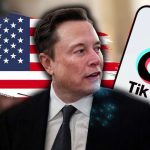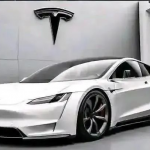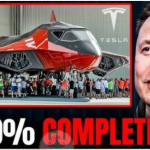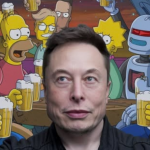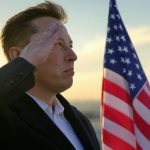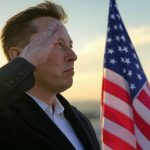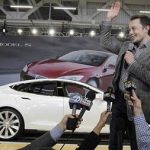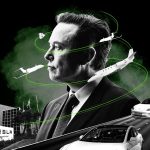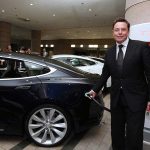𝐓𝐞𝐬𝐥𝐚’𝐬 𝐁𝐨𝐥𝐝 𝐌𝐨𝐯𝐞: 𝐑𝐨𝐛𝐨𝐭𝐚𝐱𝐢𝐬 𝐒𝐞𝐭 𝐭𝐨 𝐇𝐢𝐭 𝐀𝐮𝐬𝐭𝐢𝐧 𝐒𝐭𝐫𝐞𝐞𝐭𝐬 𝐛𝐲 𝐉𝐮𝐧𝐞 🚖🤖
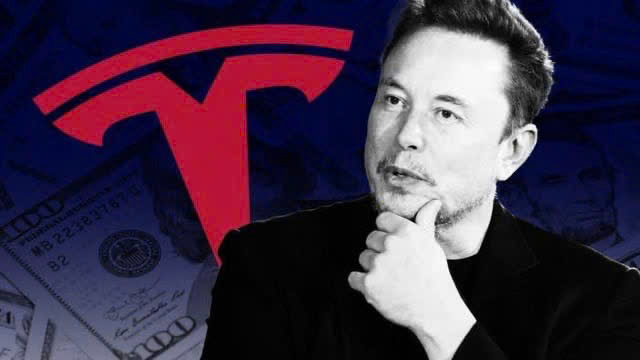
Elon Musk’s vision of a driverless future is accelerating toward reality as Tesla plans to launch its autonomous ride-hailing service in Austin, Texas, by June 2025. This ambitious endeavor aims to transform urban mobility, offering residents a glimpse into a future where cars navigate the streets without human intervention.

Choosing Austin as the launchpad is strategic. Unlike states with stringent autonomous vehicle regulations, Texas offers a more lenient environment, allowing Tesla to deploy its robotaxi fleet with minimal bureaucratic hurdles. This regulatory flexibility enables rapid innovation but also raises concerns about safety and oversight.
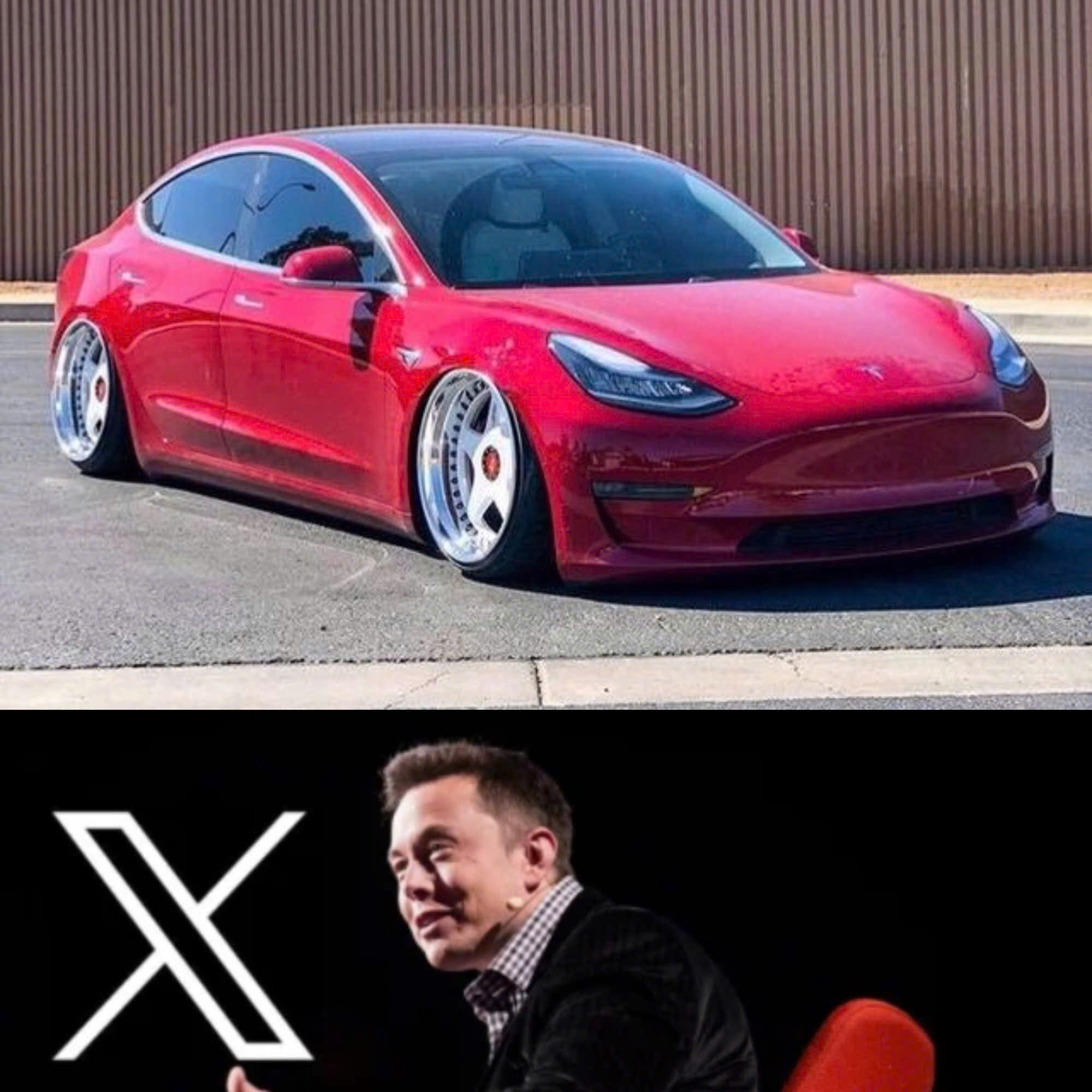
As the countdown to June begins, all eyes are on Austin to see if Tesla can seamlessly integrate its robotaxis into the city’s transportation ecosystem. Success in Texas could pave the way for broader adoption, signaling a monumental shift in how we perceive and experience urban travel.

